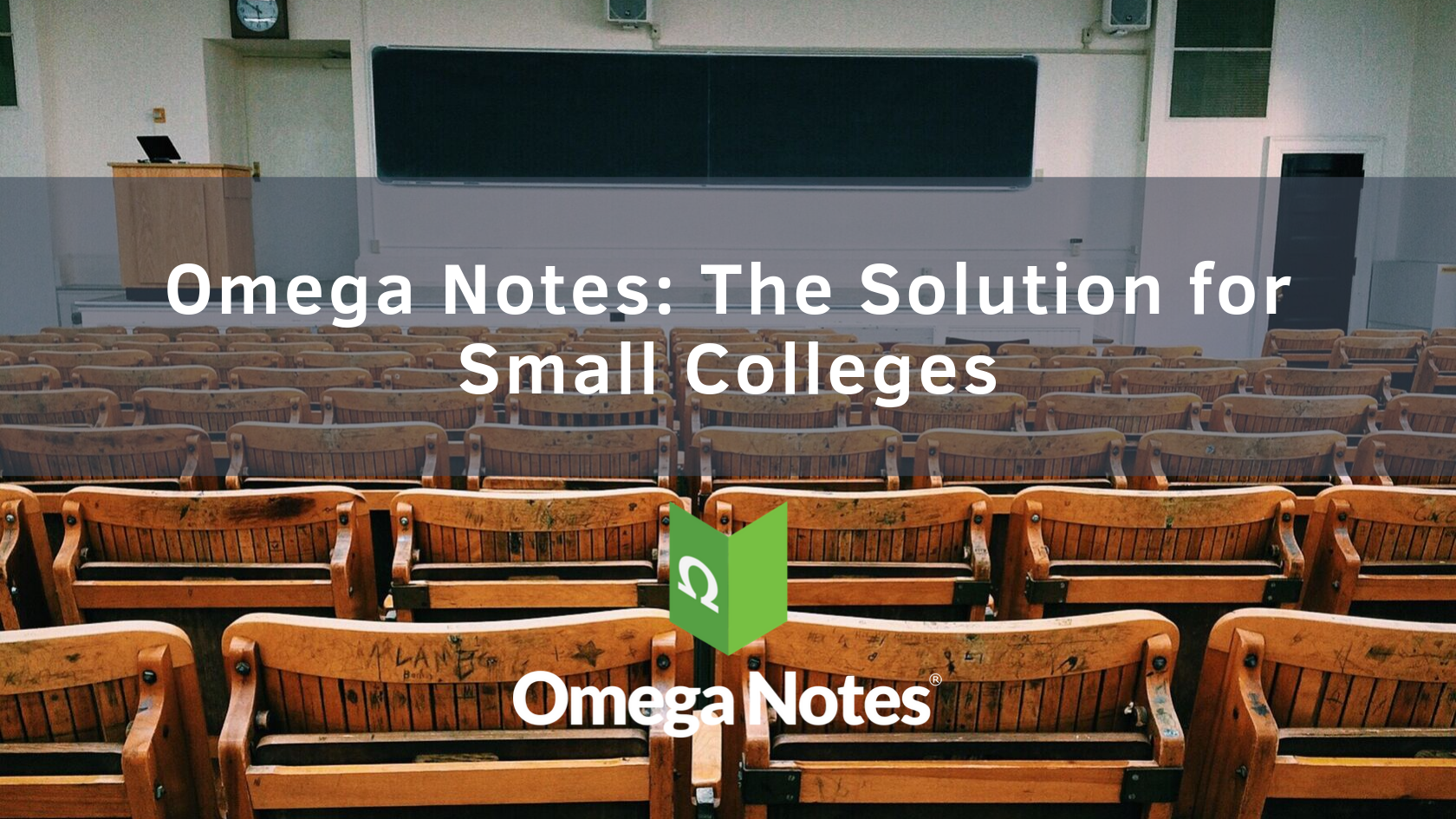In a recently published article by the WSJ, Jon Kamp’s reports on the closure of Green Mountain College, a nearly 200 year-old college in Vermont. The closure follows a trend that can be witnessed throughout the country.
A steep decline in student enrollment is often cited as the primary reason behind the struggle of small liberal arts colleges. However, nationwide enrollment numbers show that students still see the benefits of a college degree as wage data indicates that college graduates, regardless of degree, significantly out-earn their non-college educated peers. In absolute terms, college enrollment has declined since the admission spike in 2007 and 2008, but continues to remain well above pre-2005 levels.
If overall enrollment numbers haven’t drastically changed, then why are students turning away from smaller colleges such as Green Mountain College? A quick analysis of freshman retention rates shows that liberal arts colleges have, on average, lower retention rates than national universities. Data also indicates that admissions to flagship institutions are well above their enrollment goals, a stark contradiction to the significant admission shortfall faced by Green Mountain College.
College retention and growth is a multifaceted problem driven by concerns of higher education affordability, the lack of effective tools to adapt to the demands of a personalized learning experience, and the slow rate at which institutions are investing in a culture increasingly focused on digital learning and collaboration. These factors are only exacerbated for small colleges and universities unable to afford the financial impact of a modern technology infrastructure. Omega Notes, a small Pennsylvania based start-up located in State College, feels that they have a solution.
Omega Notes is designed to improve student outcomes and combat declining retention rates. They claim smaller liberal arts colleges stand to benefit the most from the Omega Notes platform. Students have grown accustomed to using technology in all aspects of their lives, including the college classroom. A 2015 survey showed that over 75% of students preferred reading course material with a digital device yet many institutions have yet to modernize to meet this demand. Colleges that are reluctant to embrace technological change get left behind and lose favor amongst students.
With the use of advanced analytics tools, the Omega Notes platform can detect students who are likely to have difficulty with the course material. Professors and academic advisors can use this information to provide extra help to students who need it most and increase their chances of completing their college degree. The platform also provides a built-in method through which students can directly reach out to their professors and seek assistance. It’s surprising that in the majority of college classrooms the only way a student can contact their professor is by writing an email.
Most higher-ed technical solutions are expensive, and thus out of reach for most small colleges. Omega Notes’ unique micro-publishing model allows students and their colleges the ability to avail significant discounts on course material that can, in turn, off-set the costs of technology adoption.
Prior to implementation by launch customers, Omega Notes went through an extensive private beta phase during which they were provided with feedback from professors, students, and administrators. This feedback was used to further develop the product to ensure that it meets the needs of the 21st century classroom. The Omega Notes platform leverages technology to increase student retention and satisfaction while simultaneously offering an affordable solution for both students and institutions alike. Adopting a cloud-based learning solution like the Omega Notes platform addresses the concerns of modern students and may help build a foundation for ailing universities to retain existing students. Furthermore, this foundation gives these colleges the ability to increase enrollment by offering a learning solution that speaks to a modern generation demanding price-conscious innovation in the classroom.
By: Matthew Compton-Clark and Saad Malik






Leave A Comment